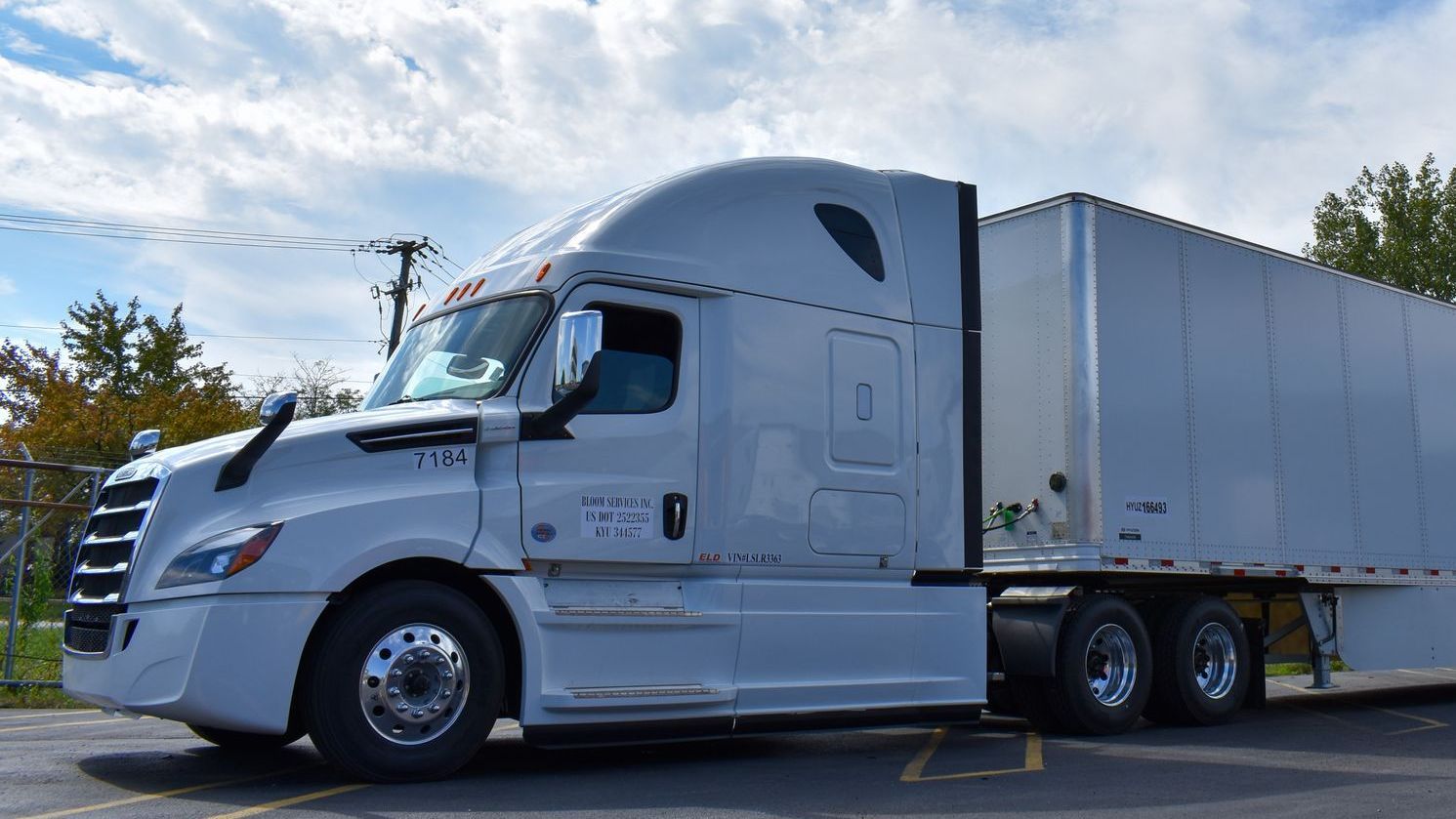Trucking Industry Changes

On November 18, 2024, the Federal Motor Carrier Safety Administration (FMCSA) took a significant step in tightening regulations surrounding the Drug and Alcohol Clearinghouse. The implementation of the Clearinghouse-II rule is set to alter the landscape for commercial drivers and the trucking industry at large. The rule mandates that commercial vehicle drivers with violations recorded in the Clearinghouse have their Commercial Driver’s License (CDL) or Commercial Learner’s Permit (CLP) downgraded by State Driver Licensing Agencies (SDLAs). This shift means that drivers with downgraded CDLs or CLPs cannot operate a commercial vehicle until they complete the return-to-duty (RTD) process.
The Current State of CDL Holders
The FMCSA’s latest monthly report, reflecting data as of December 1, 2024, highlights a growing issue within the industry. According to the report:
- 276,026 drivers have at least one violation.
- 180,048 CDL/CLP holders are in “Prohibited” status.
- Of these, 137,888 drivers have not yet begun the RTD process.
Additional data from the report indicates that:
- 1,823 drivers have initiated a Substance Abuse Professional (SAP) request.
- 5,361 have had their SAP designation confirmed.
- 1,118 drivers had their SAP request declined.
- 9,300 drivers completed their initial SAP assessment.
- 24,558 drivers were determined eligible for RTD testing.
A Steady Increase in Prohibited Status Drivers
The trucking industry is seeing a gradual but concerning rise in the number of prohibited drivers. In just three months, the number of CDL/CLP holders in prohibited status has increased from 177,092 in September to 180,048 by December 2024. This trend signals a tightening regulatory environment and underscores the importance of compliance for both drivers and carriers.
Impact on the Trucking Industry
The trucking industry, already facing driver shortages, will likely feel the brunt of these changes. With over 180,000 drivers currently unable to operate, supply chain disruptions could intensify. Carriers may struggle to find qualified drivers, leading to potential delivery delays and increased freight costs.
For small and mid-sized carriers, the financial burden could be even greater. Hiring new drivers requires resources, and the inability to retain experienced drivers could reduce operational efficiency.
Furthermore, motor carriers are now tasked with ensuring that no driver with a prohibited status operates a commercial motor vehicle (CMV). This increases administrative oversight and places additional pressure on hiring processes.
Challenges for CDL Holders
For individual CDL holders, the consequences are immediate and severe. A driver with a prohibited status is unable to work, cutting off income and potentially jeopardizing long-term employment opportunities. Initiating and completing the RTD process can be costly and time-consuming. Many drivers may find themselves navigating a complex system with limited guidance, prolonging their time off the road.
The data reflects that a majority of drivers have not yet started the RTD process. Of the 180,048 prohibited drivers, only 1,823 have initiated a request for a SAP. This points to either a lack of awareness or hesitation to engage in the RTD process, leaving many drivers sidelined indefinitely.
A Path Forward
The FMCSA emphasizes that these measures are designed to improve road safety by ensuring that drivers who violate drug and alcohol regulations are not operating CMVs until they are rehabilitated. However, to mitigate negative impacts, the industry needs to focus on awareness, education, and streamlining the RTD process.
Motor carriers should invest in educating their drivers about the importance of compliance and the steps required to return to duty after a violation. Additionally, carriers may need to offer support systems to assist drivers through the RTD process, ensuring a faster and more efficient return to the workforce.
As the Clearinghouse-II rule continues to shape the industry, both drivers and carriers must adapt to these new realities. By doing so, the industry can work towards safer roads, a more stable workforce, and a healthier regulatory environment.
Bloom Services, INC
Here at Bloom, we provide Freightliner Cascadias on our Rental and Lease-Purchase Program. They come equipped with powerful inverters, fridges, and a HVAC system that doesn’t require the truck to idle. The Freightliner is one of the most fuel efficient trucks on the road. If you have a Class A CDL and want to long-haul, Bloom Services is hiring OTR truckers. Our drivers take home $3,000 + a week after all expenses.



office & Parking depot
5120 Belmont Rd Unit K, Downers Grove, IL 60515, USA
Hours of operation
Mon - Sun: 7am-5pm
